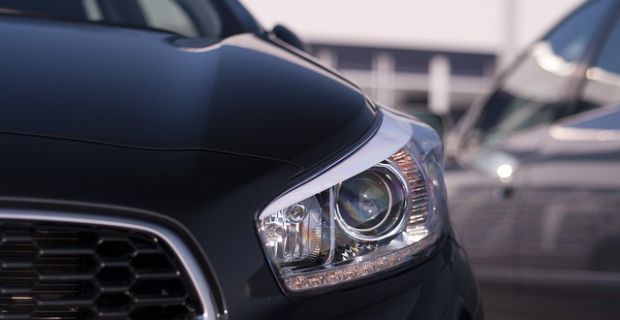
VIN location Mercedes-Benz is important for every user of Mercedes-Benz, but what is VIN? VIN number is also known as chassis number is unique number of every car. Chassis number contain all information about vehicle. So knowledge about VIN Location Mercedes-Benz is important. You should check VIN especially when you want to buy used car for get informations if everything is ok with it.
VIN number contain 17 characters without letters I (i), O (o), and Q (q) (to avoid mistakes). Chassis number let you on get information about vehicle. It is espiecially helpful when you want to buy used Mercedes-Benz.
VIN Location Mercedes-Benz depends model such as: A140, A150, A160, A170, A180, A190, A200, C160, C180, C200, C220, CL160, CL180, CL200, CL220, CLC200, CLC220, CLK200, CLK220 and others. In older vehicles is located on nameplate. The easiest way is use tool on our site. Our huge database of vehicles let you find VIN Location in a few seconds.
You have found the VIN number – time to decode
Remember that before you buy, check the history of the vehicle. You do this by typing the VIN Number Mercedes-Benz below:
Fill out the form above to be sure of the vehicle you are buying. Decoding the VIN at Mercedes Benz will allow you to verify the vehicle’s equipment and its history (including the mileage, which is often subject to so-called distortion). If any of the equipment does not match, this could mean that the vehicle on offer may have been in an accident. Thanks to decoding, you can also check whether the car is not listed in stolen vehicle databases. After all, you wouldn’t want to lose your newly purchased vehicle, your money, and on top of that have legal problems on your hands. VIN decoding in Mercedes is an expense of several dozen or a few dozen PLN, which should be taken into account when buying the car.
VIN number – what is it?
The VIN, or Vehicle Indentification Number, is a unique vehicle identification number that contains numerous and important pieces of information about a car. The VIN includes information such as country of manufacture, model year, drive type, engine version, equipment options, among others. VIN numbers were first used in 1954 in the United States. At that time, car manufacturers were already marking their cars in this way. Marking of this type began to be used by manufacturers in Europe. However, the first numbers looked very different. It was not until the 1980s (in 1981 to be precise) that the world’s manufacturers, together with the US manufacturers, finally agreed on this issue.
In 1981, the National Highway Traffic Safety Administration in the United States standardised the format. Cars sold should contain a 17-character VIN that does not contain the letters I (I), O (o) or P (q) (to avoid confusion with the numbers 1 and 0).
A common standard has therefore been developed to facilitate the work of the police, insurance companies and used car dealers. From now on, the VIN of each car has 17 characters – letters and numbers.


 EN
EN  PL
PL  RU
RU  DE
DE  HU
HU  EE
EE  LV
LV  RO
RO  SI
SI  CZ
CZ  LT
LT 